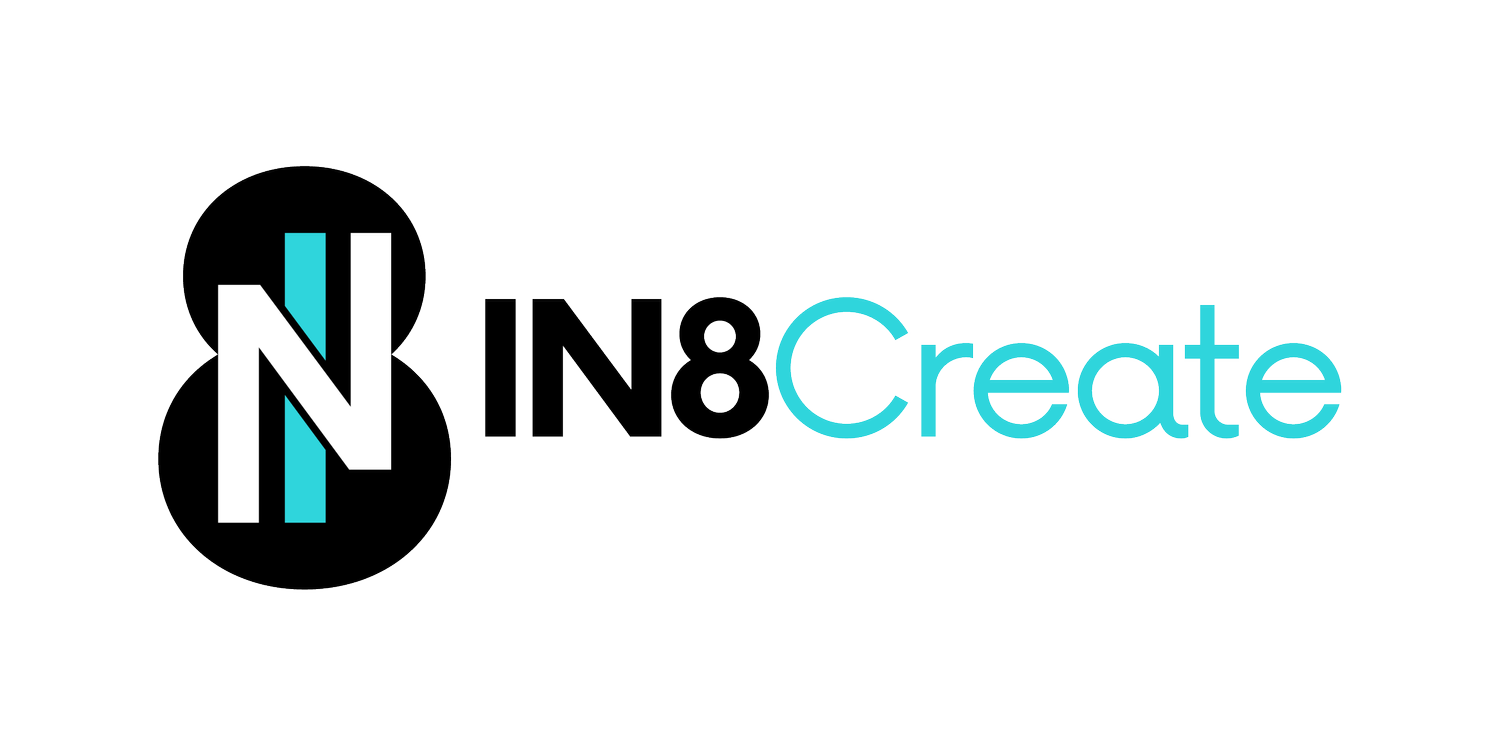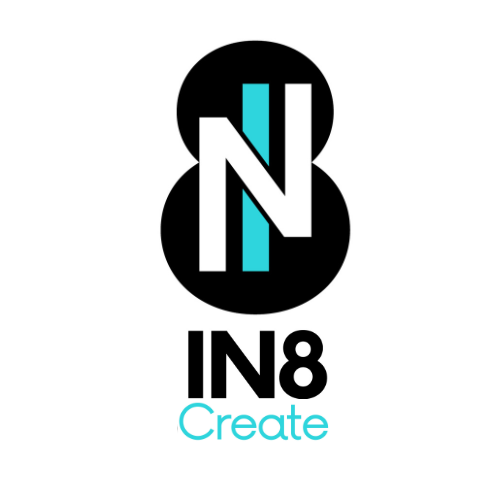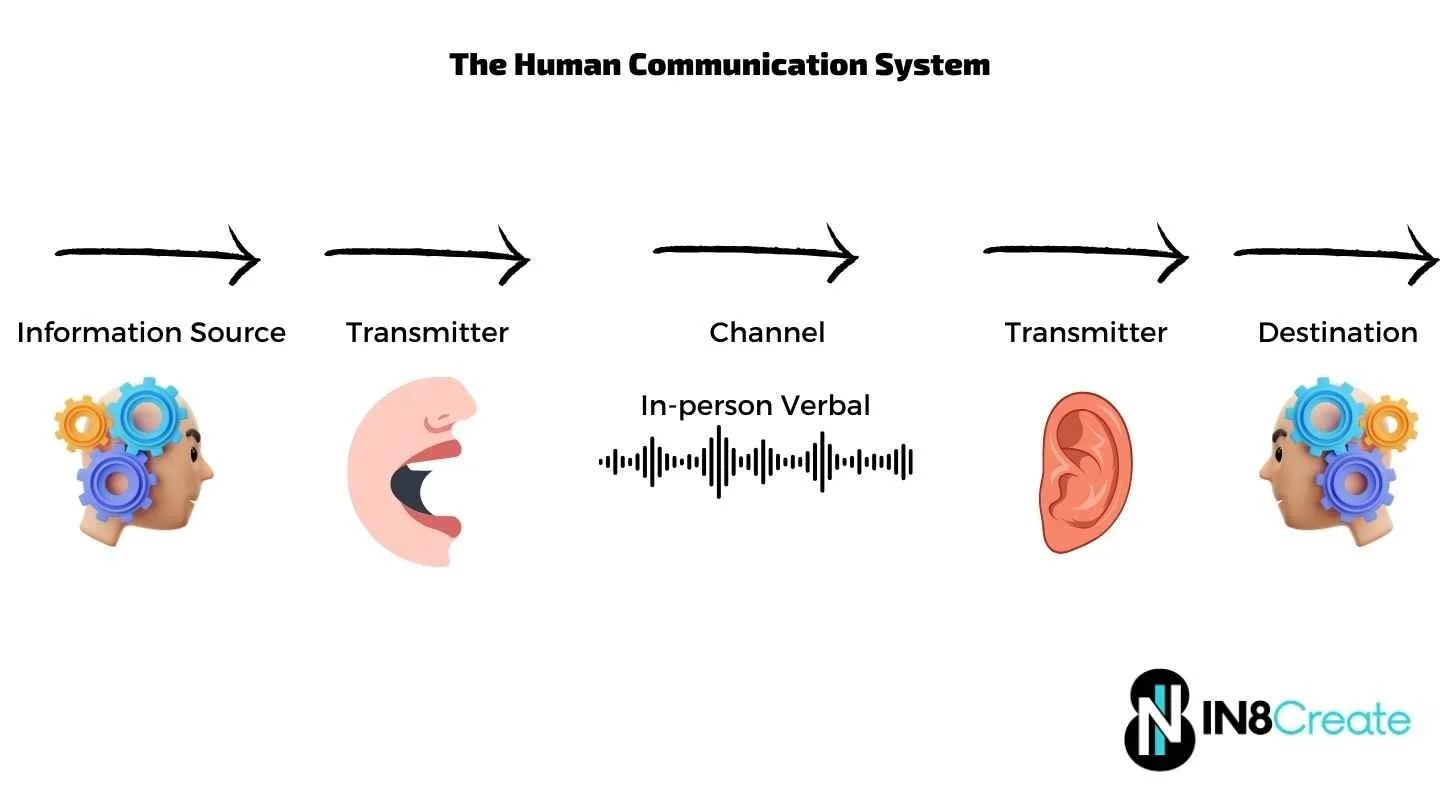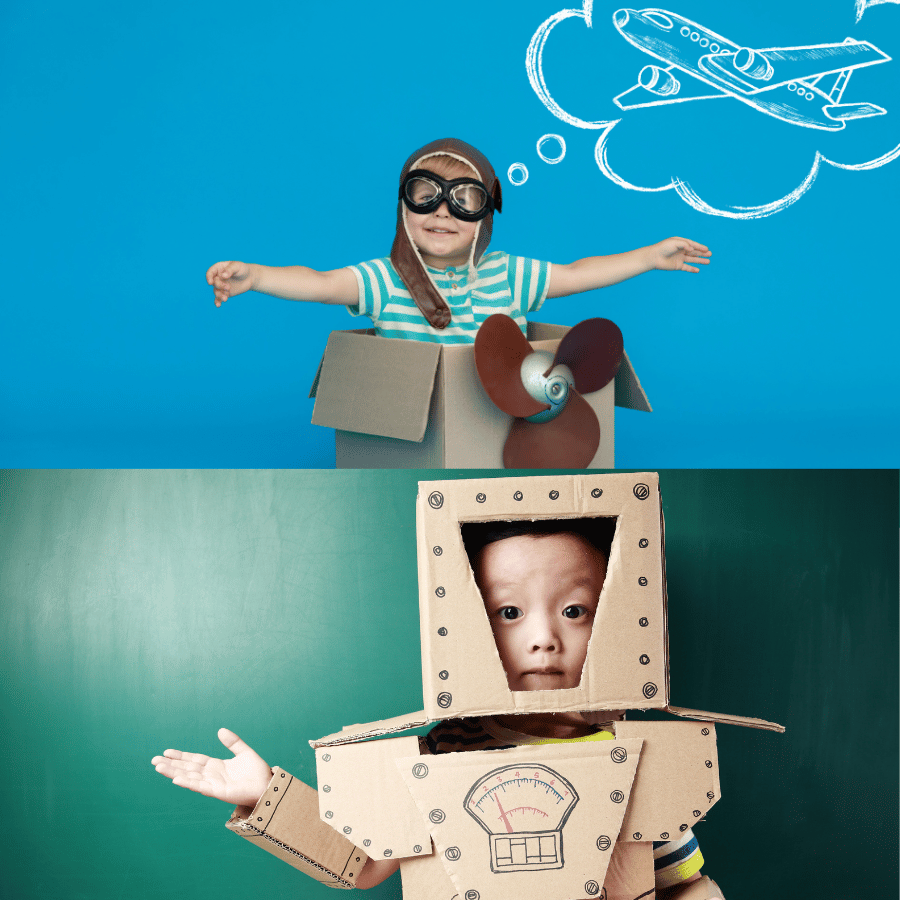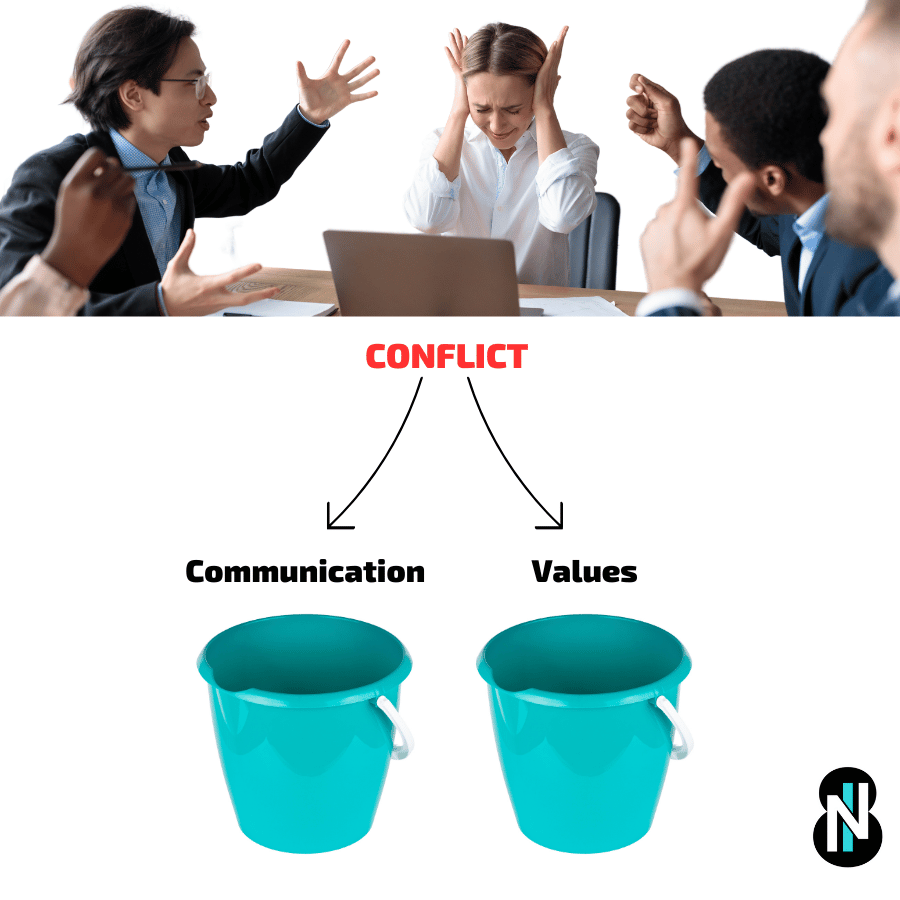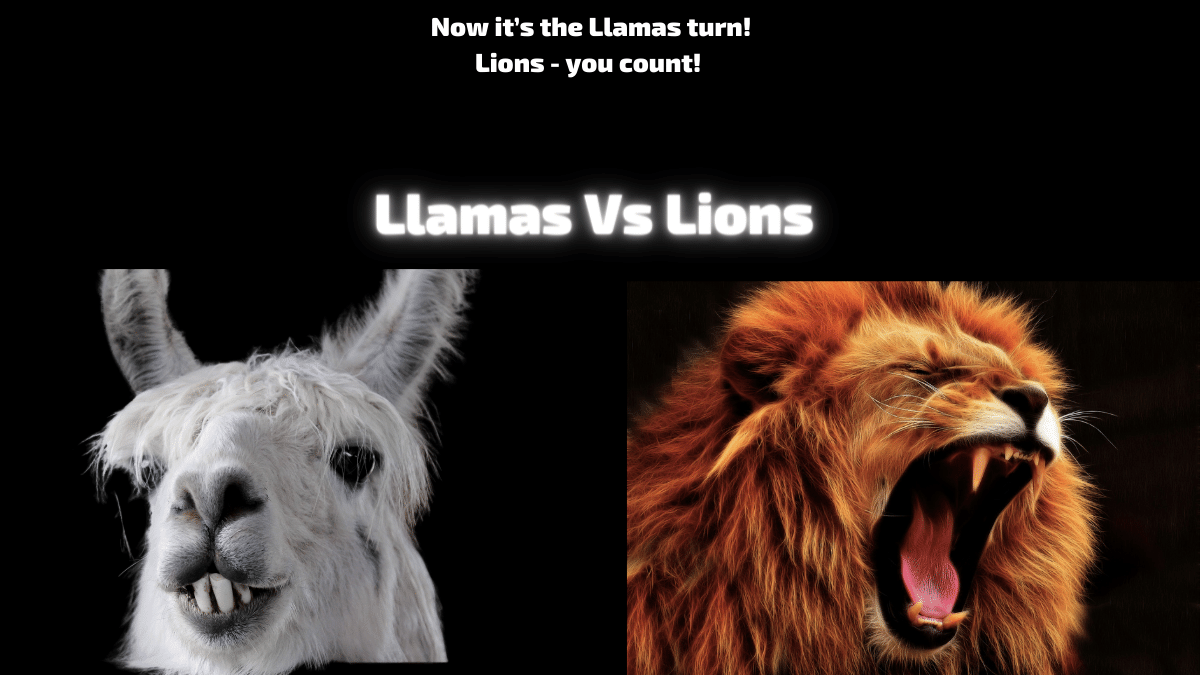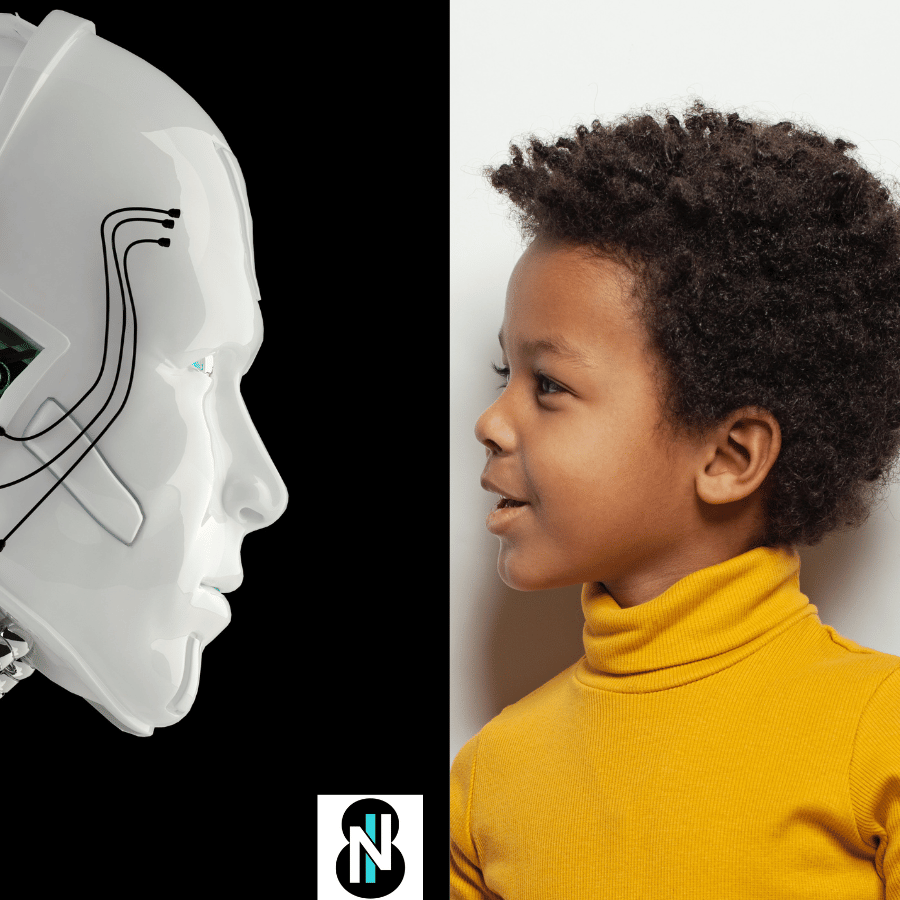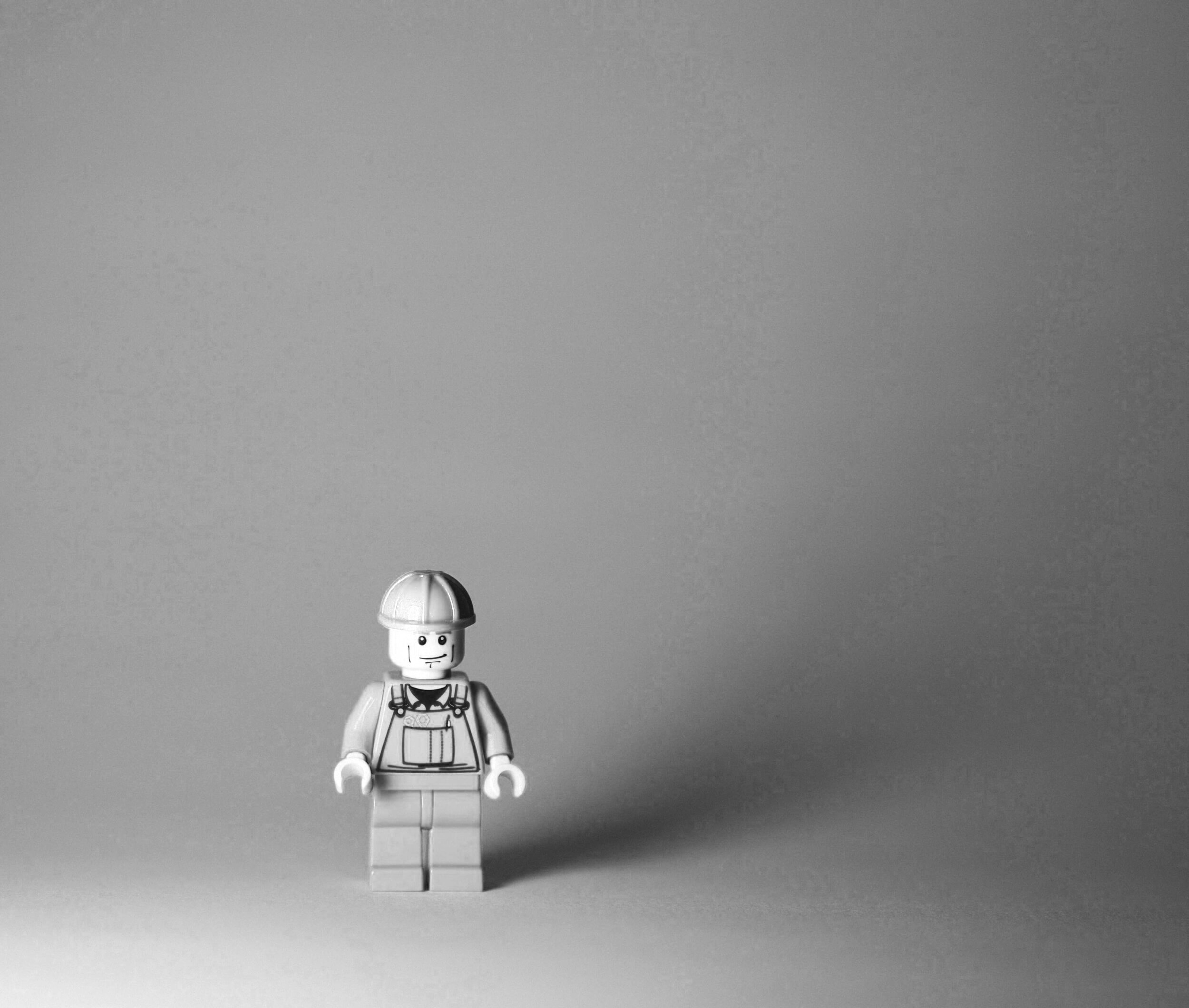
Insights
Harnessing the Power of Competition in Team Building
In every team, competition inevitably emerges. Individuals often compete for the best idea, attention, or simply to satisfy their ego. This competitive spirit can be harnessed positively, transforming it into a driving force for innovation and problem-solving. The key lies in how we frame competition within the team dynamic.
The Human Communication System in Teams
Using this as a mental model makes it easy to see why and how communication breakdowns happen, especially in teams.
For this post, I'll dig specifically into the system itself, applying the 5 stages of a communication system to people, and then extract how this impacts people and teams in various scenarios. Once you see how the system is easily applied, you'll be able to deconstruct communication challenges in a new and simpler way.
Hierarchy of Communication Challenges: Unveiling the Layers
Effective communication is often cited as the cornerstone of successful organizations. However, communication issues are typically symptoms of deeper, underlying challenges. By understanding these layers hierarchically, companies can pinpoint where true communication challenges lie and address them more effectively. Let's explore this hierarchy and uncover the root causes of communication breakdowns.
An Easy Team Building Question to Boost Connection
Here is why I think its such a powerful question:
1. Its safe: We don't know much as kids, so whatever we wanted to be was guided by the small world we understood.
2. It's fun: This brings us back to a simpler time, and when we use LEGO's, this adds to the playful nature of the question, and a playful time in our lives.
3. It's somewhat revealing: Not too deep, but it can show passions that may still be alive today
4. It allows us to see others with more depth and dimension.
Discover Your Team’s Passions Through Team Building
Dale Carnegie said "To be interesting, be interested. People get animated when they get to talk about their passions. When done correctly in groups, this adds to the depth and dimension in which people see each other. When we know people better, we share more easily, are more vulnerable, more forgiving, and more open. The key is to make this feel natural and not forced.
Solving for Conflict in Teams
I have found that through the many workshops I have done, that MOST of the time, when everyone gets a chance to share their wants and needs, it's not all that hard to build out win-win scenarios. Everyone needs to slow down, define the problem clearly, and flush out all perspectives. Once the nuance of the situation is unearthed, it's simple to see the higher level solution.
Building Empathy in Teams With Personal Stories
Steve from accounting becomes Steve the guy who played baseball in the Little League World Series. Your team has a ton of stories like this and when shared, they will add depth and dimension to the relationships in your team. When we can hear, see, and understand the depth and dimension behind our teammates histories, we gain appreciation for them as a person. We understand they are more than the role they fill.
Navigating Territorial Expertise in Teams
Imagine a department is represented by physical territory. When someone represents a department, they are a representing the whole territory. Basic expectations, norms, communication modalities and even how the mission, vision, and values show up can be vastly different in each territory. As organizations get larger, so can the variance between these territories.
Use This Playful Exercise to Open Up Creativity, Imagination, and Openness in Teams
A little bit of play can go a long way. Next time you need an ice breaker for your brainstorm or team building, give this a try. It will put people in a place of heightened creativity, imagination, and overall openness to ideas
Team Engagement, Retention, and Experience, OH MY!
Engagement, Retention, and Experience, OH MY! This was the the theme of last nights joyful networking event. Some of the questions: 🤔 Build a model that shows what environments or conditions you have found to be most conducive to fostering employee engagement🤔💡 Build a model that that shows what strategies you have used to measure and improve retention rates🤔💡🤖 Build a model that shows how technology has transformed engagement, retention, and/or employee experience in your organization. This goes to show the power of LEGO Serious Play and how it can connect and engage both teams and people who don’t work together.
Defining Objectives for Team Off Site Meetings
Coming up with an objective is the most difficult part of what we do. This was true when I ran workshops and off-sites internally and continues in my client work today. Here is a tip - Use a pre-mortem approach when thinking about the outcomes. Imagine your offsite/workshop is over, and it was a grand success! What does it feel like? What are people saying? How does work change moving forward?
AI Tools Exist to Boost Team Performance
As we get more and more tools to improve efficiency and communication, it will become even more important for organizations to figure out how to empower teams to work together at their best. This is no easy task, especially in the face of more challenging ways of working; remote, hybrid, and distributed. My hypothesis is that the most important skills to build right now are people skills. The capacity to collaborate, innovate, and create together is where the true value will be in the coming years.
